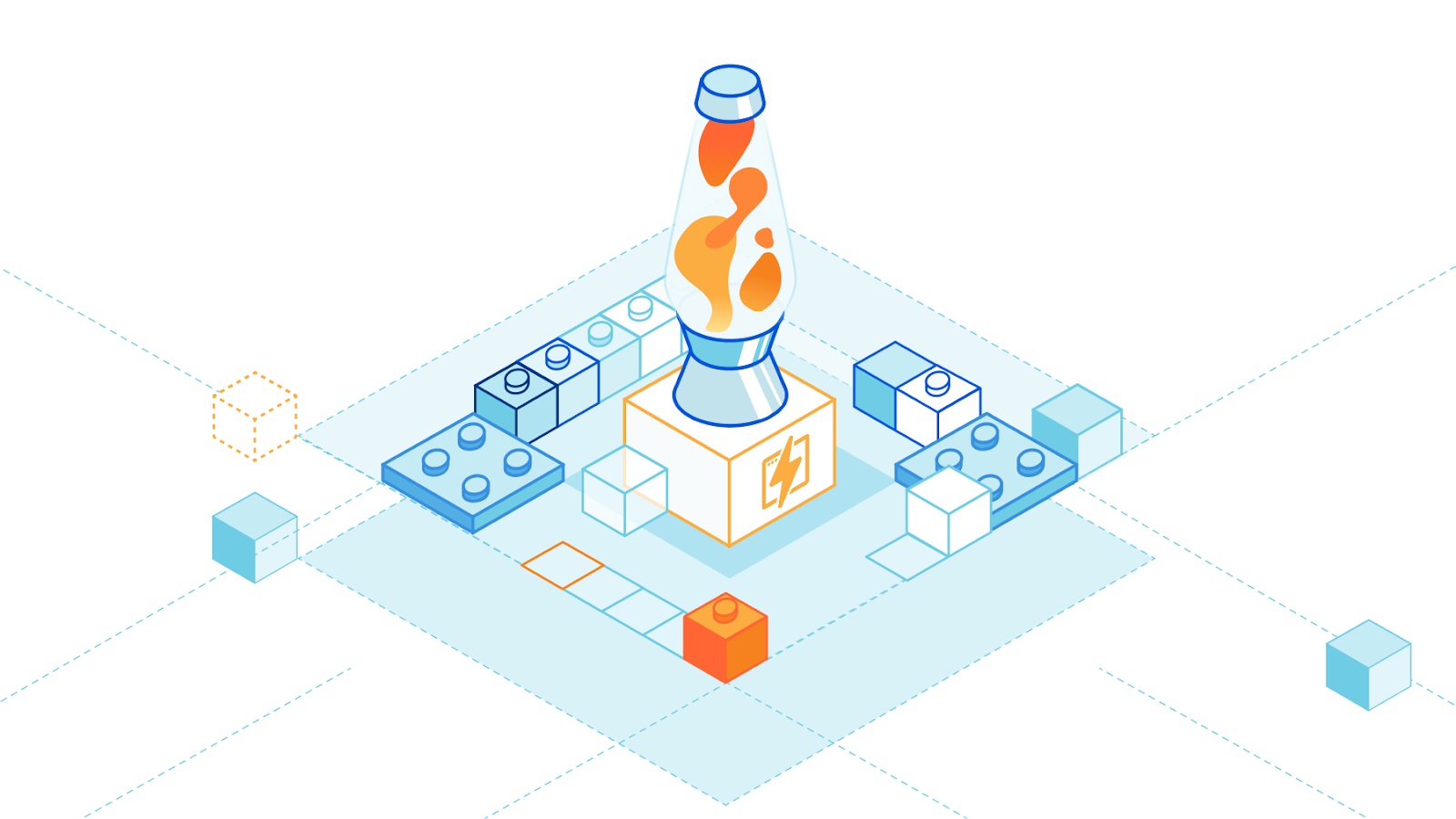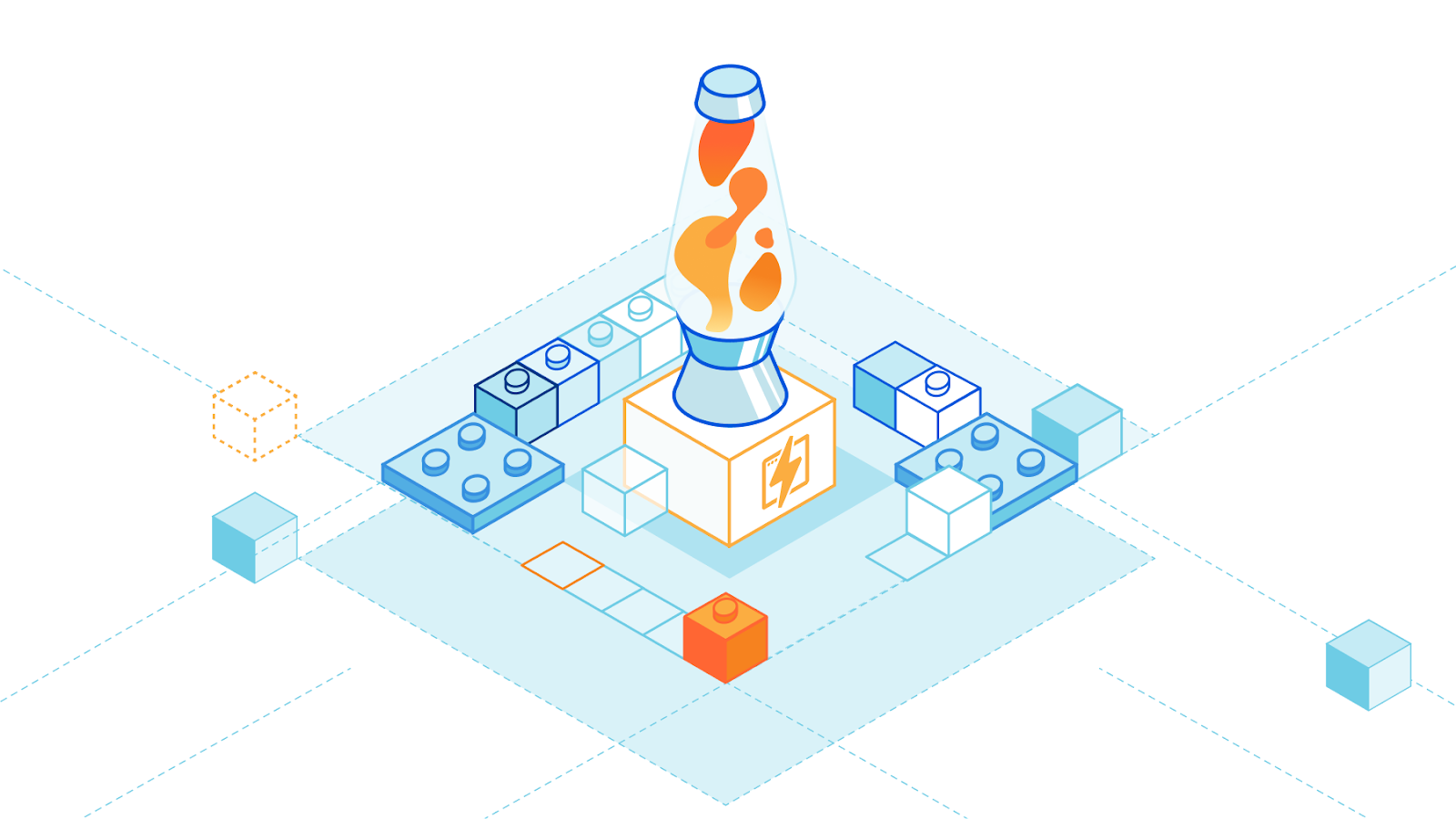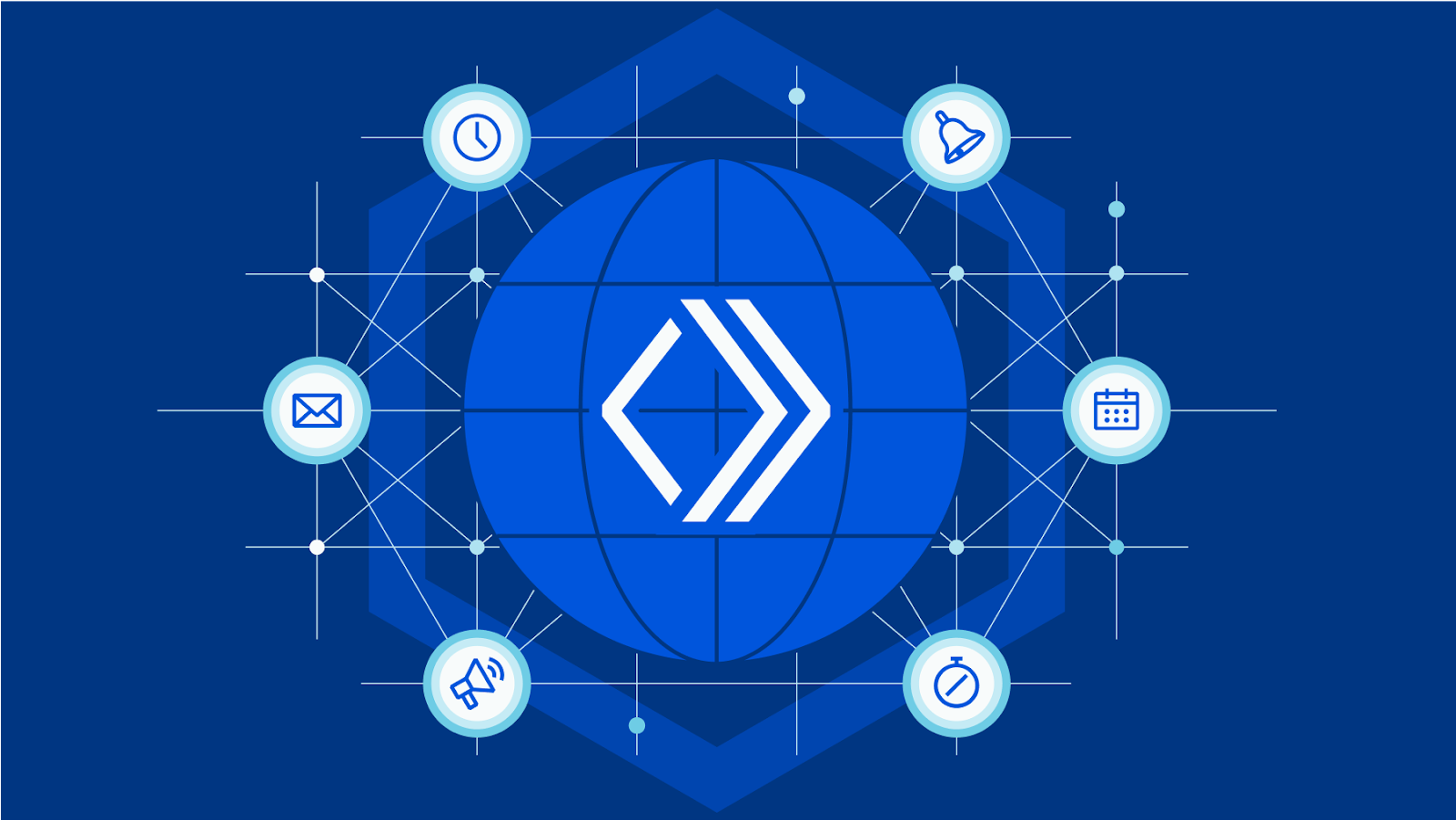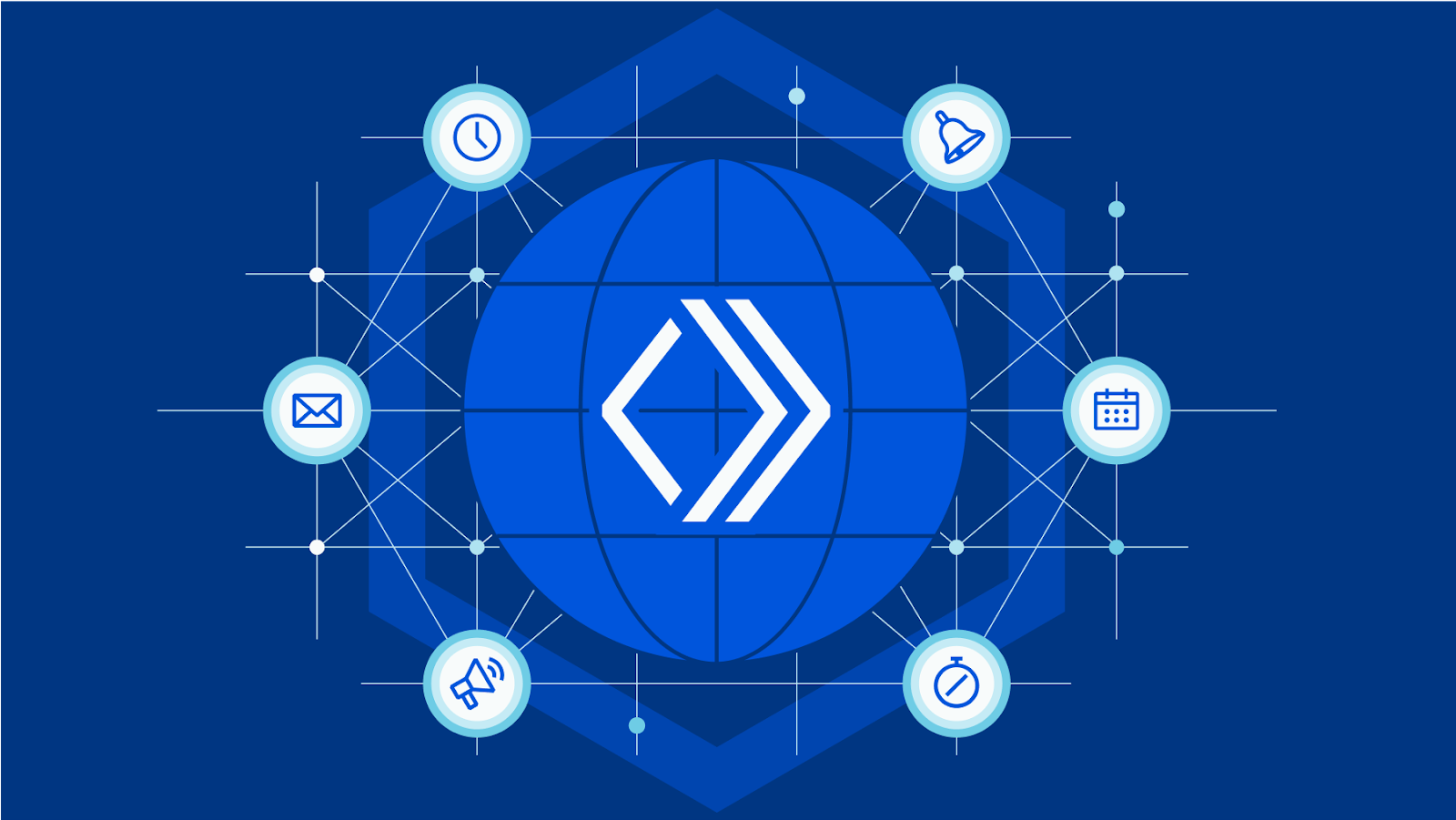Tier 1 Carriers Performance Report: July, 2022
The report offers specific insights into the performance of major Internet Carriers for the month of July, 2022.
The post Tier 1 Carriers Performance Report: July, 2022 appeared first on Noction.
pygnmi 15. Overview of nornir_pygnmi
Hello my friend,
Are you looking for building network automation at scale leveraging the future-proof model-driven network automation? Besides attending our zero-to-hero network automation training and network automation with nornir, we suggest you to take a look at nornir_pygnmi, the new plugin we have created for Nornir to simplify management of network devices with gNMI.
2
3
4
5
retrieval system, or transmitted in any form or by any
means, electronic, mechanical or photocopying, recording,
or otherwise, for commercial purposes without the
prior permission of the author.
Is GNMI a Good Interface for Network Automation?
Yes, it is. GNMI is one of the most recent interfaces created for the management plane, which allows you to manage the network devices (i.e., retrieve configuration and operational data, modify configuration) and collect the streaming or event-driven telemetry. Sounds like one-size-fits-all, isn’t it? On top of that, GNMI supports also different transport channels (i.e., encrypted and non-encrypted), which makes it suitable both for lab testing and for production environment. You may feel that we are biased to gNMI, and you are right. Actually, that is a Continue reading
Tshark Packet Analysis
<MEDIUM:https://raaki-88.medium.com/tshark-packet-analysis-5d0dcc96e56a >
Commands used in the below post. If you wish for a quick reference instead of going through the post sudo tshark -f "tcp port 80" -F pcap -w /var/tmp/port_80_cap.pcap -c 10 sudo tshark -r /var/tmp/port_80_cap.pcap sudo tshark -r /var/tmp/port_80_cap.pcap -Tfields -e ip.src -e tcp.port -e ip.ttl -e ip.dst sudo tshark -f "tcp port 80" -F pcap -w /var/tmp/port_80_cap.pcap -c 10 sudo tshark -r /var/tmp/port_80_cap.pcap -Tfields -Y ip.dst==172.31.33.25 -e ip.dst -e tcp.dstport sudo tshark -r capture_ospf.cap sudo tshark -r capture_ospf.cap -Y "frame.number == 4" sudo tshark -r capture_ospf.cap -Y "frame.number == 4" -V
Wireshark is famous for packet capture and analysis of various packet-capture files. Basically, if you never used Wireshark before it’s a sophisticated and popular GUI tool for doing packet captures and analysis.
While not every time you need a GUI tool or most importantly you don’t have access to a GUI environment, eg: you are running an EC2 cloud instance of ubuntu, typically you would not install a GUI extension to this, it is meant to run server workloads.
This is where Tshark Continue reading
Cleanup/Delete Transit-Gateway and Transit-Gateway-attachments
Am pasting my notes on cleaning up Transit-Gateway and Transit-gateway attachments, this is readily available on AWS documentation but thought I will paste it here if anyone wants to quickly copy and paste the steps instead of going through the documentation. We can be more sophisticated using Python / Ansible / Terraform and parse the outputs for now this is what I did to clean up some practice, do not forget this as it incurred good cost for but got saved by AWS credits!
1. list out available transit-gateway attachments as they are to be deleted first before deleting transit-gateway
aws ec2 describe-transit-gateway-attachments --region us-east-1 | egrep -i TransitGatewayAttachmentI -> This will list out TGW attachments in us-east-1
➜ ~ aws ec2 describe-transit-gateway-attachments --region us-east-1 | egrep -i TransitGatewayAttachmentId
"TransitGatewayAttachmentId": "tgw-attach-01b7c8d7d3bd4e2ca",
"TransitGatewayAttachmentId": "tgw-attach-050c87ef9fb703c98",
"TransitGatewayAttachmentId": "tgw-attach-079921a8810f490ab",
2. Delete the available attachments
aws ec2 delete-transit-gateway-vpc-attachment \
--transit-gateway-attachment-id tgw-attach-01b7c8d7d3bd4e2ca --region us-east-1
aws ec2 delete-transit-gateway-vpc-attachment \
--transit-gateway-attachment-id tgw-attach-050c87ef9fb703c98 --region us-east-1
aws ec2 delete-transit-gateway-vpc-attachment \
--transit-gateway-attachment-id tgw-attach-079921a8810f490ab --region us-east-1
3. ➜ List available Transit gateways
~ aws ec2 describe-transit-gateways --region us-east-1 | egrep -i "Transitgatewayid"
"TransitGatewayId": "tgw-08dfd0c519456953d"
4. Delete transit-gateway
aws ec2 delete-transit-gateway \
--transit-gateway-id tgw-08dfd0c519456953d --region us-east-1
{
"TransitGateway": Continue reading
Fedora 36 Gnome 42 Theme
I recently started using Fedora 36 which uses Gnome 42. It is really nice out of the box, but I wanted to change the theme. Gnome 42 requires the themes to be installed in a different location to prevous versions of Gnome. In this post I will show you where to install Gnome 42 themes....continue reading
1.1.1.1 + WARP: More features, still private


It’s a Saturday night. You open your browser, looking for nearby pizza spots that are open. If the search goes as intended, your browser will show you results that are within a few miles, often based on the assumed location of your IP address. At Cloudflare, we affectionately call this type of geolocation accuracy the “pizza test”. When you use a Cloudflare product that sits between you and the Internet (for example, WARP), it’s one of the ways we work to balance user experience and privacy. Too inaccurate and you’re getting pizza places from a neighboring country; too accurate and you’re reducing the privacy benefits of obscuring your location.
With that in mind, we’re excited to announce two major improvements to our 1.1.1.1 + WARP apps: first, an improvement to how we ensure search results and other geographically-aware Internet activity work without compromising your privacy, and second, a larger network with more locations available to WARP+ subscribers, powering even speedier connections to our global network.
A better Internet browsing experience for every WARP user
When we originally built the 1.1.1.1+ WARP mobile app, we wanted to create a consumer-friendly way to connect to Continue reading
AWS Solutions Architect Associate
One of my goals for 2022 was to obtain some cloud based certifications that align more with my current career goals. I started out with the AWS Solutions Architect Associate exam (SAA-C02). TL/DR, I passed! In this post, I will cover the process and tools that I used to obtain the...continue reading
Why 2023 is the Year of Wi-Fi 6E

If you’re like me, you chuckle every time someone tells you that next year is the year of whatever technology is going to be hot. Don’t believe me? Which year was the Year of VDI again? I know that writing the title of this post probably made you shake your head in amusement but I truly believe that we’ve hit the point of adoption of Wi-Fi 6E next year.
Device Support Blooms
There are rumors that the new iPhone 14 will adopt Wi-Fi 6E. There were the same rumors when the iPhone 13 was coming out and the iPhone rumor mill is always a mixed bag but I think we’re on track this time. Part of the reason for that is the advancements made in Wi-Fi 6 Release 2. The power management features for 6ER2 are something that should appeal to mobile device users, even if the name is confusing as can be.
Mobile phones don’t make a market. If they were the only driver for wireless adoption the Samsung handsets would have everyone on 6E by now. Instead, it’s the ecosystem. Apple putting a 6E radio in the iPhone wouldn’t be enough to tip the scales. It would take Continue reading
PingPlotter’s Internet Troubleshooting Helps Ruby Receptionists
The following post is by PingPlotter. We thank PingPlotter for being a sponsor. An internet connection monitoring tool, PingPlotter constantly tests the connection from the end-user’s perspective, provides visual proof of the problem, and recommends how to solve it. You can find issues — like packet loss, high latency, and bad jitter — fast. “Most […]
The post PingPlotter’s Internet Troubleshooting Helps Ruby Receptionists appeared first on Packet Pushers.
Taming the Metadata Explosion: How Data Engines Help
Next-generation data engines could be a key enabler in allowing organizations to distill data into actionable insights that provide a competitive edge.Heavy Networking 641: Network Design For NVMe Over Fabric
Today on Heavy Networking, we discuss NVMe over fabric, where your Ethernet and IP network is the fabric. Many NVMe over fabric discussions focus on what’s happening inside the storage packets themselves. This conversation focuses on the network. What does the topology need to be? What are the latency and loss characteristics of an NVMe transport fabric? What QoS tools should you be considering, how do they work, and when should you use them? Our guest for this vendor-neutral conversation is J Metz.
The post Heavy Networking 641: Network Design For NVMe Over Fabric appeared first on Packet Pushers.
Heavy Networking 641: Network Design For NVMe Over Fabric
Today on Heavy Networking, we discuss NVMe over fabric, where your Ethernet and IP network is the fabric. Many NVMe over fabric discussions focus on what’s happening inside the storage packets themselves. This conversation focuses on the network. What does the topology need to be? What are the latency and loss characteristics of an NVMe transport fabric? What QoS tools should you be considering, how do they work, and when should you use them? Our guest for this vendor-neutral conversation is J Metz.Build your next big idea with Cloudflare Pages


Have you ever had a surge of inspiration for a project? That feeling when you have a great idea – a big idea — that you just can’t shake? When all you can think about is putting your hands to your keyboard and hacking away? Building a website takes courage, creativity, passion and drive, and with Cloudflare Pages we believe nothing should stand in the way of that vision.
Especially not a price tag.
Big ideas
We built Pages to be at the center of your developer experience – a way for you to get started right away without worrying about the heavy lift of setting up a fullstack app. A quick commit to your git provider or direct upload to our platform, and your rich and powerful site is deployed to our network of 270+ data centers in seconds. And above all, we built Pages to scale with you as you grow exponentially without getting hit by an unexpected bill.
The limit does not exist
We’re a platform that’s invested in your vision – no matter how wacky and wild (the best ones usually are!). That’s why for many parts of Pages we want your experience to be Continue reading
Building scheduling system with Workers and Durable Objects


We rely on technology to help us on a daily basis – if you are not good at keeping track of time, your calendar can remind you when it's time to prepare for your next meeting. If you made a reservation at a really nice restaurant, you don't want to miss it! You appreciate the app to remind you a day before your plans the next evening.
However, who tells the application when it's the right time to send you a notification? For this, we generally rely on scheduled events. And when you are relying on them, you really want to make sure that they occur. Turns out, this can get difficult. The scheduler and storage backend need to be designed with scale in mind - otherwise you may hit limitations quickly.
Workers, Durable Objects, and Alarms are actually a perfect match for this type of workload. Thanks to the distributed architecture of Durable Objects and their storage, they are a reliable and scalable option. Each Durable Object has access to its own isolated storage and alarm scheduler, both being automatically replicated and failover in case of failures.
There are many use cases where having a reliable scheduler can come Continue reading